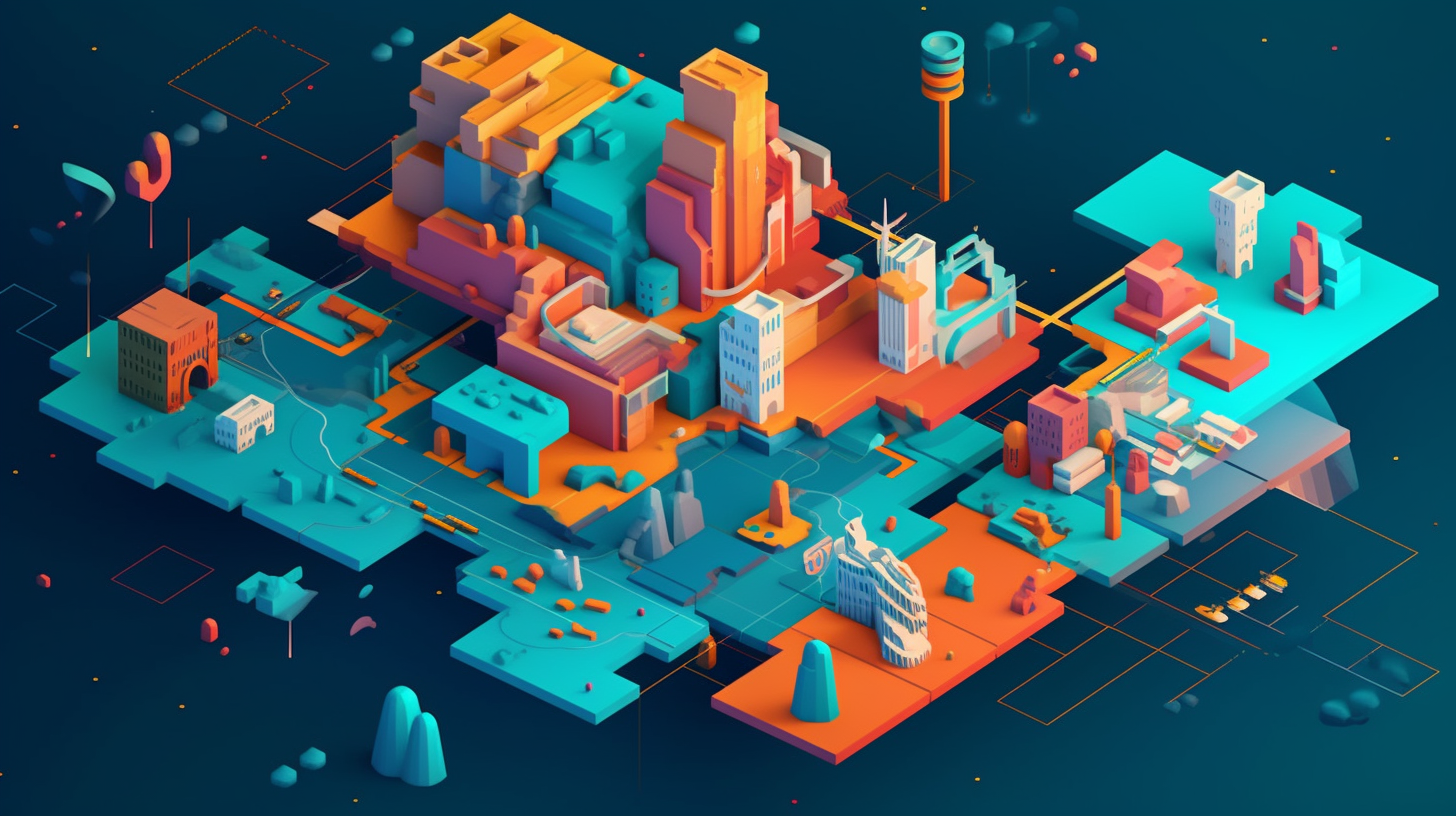Decoding AWS's Shared Responsibility Model: A Key to Mastering the AWS Certified Cloud Practitioner (CLF-C01) Exam

Golly gosh! The world of cloud computing certainly has a language of its own, doesn't it? It's all about deciphering every nuance and picking apart every kernel of truth. A kernel of truth like the defining element, at once a cornerstone and a stumbling block, the AWS Shared Responsibility Model.
Like a colossal jigsaw puzzle, understanding this model is pivotal, it's the golden ticket to mastering the AWS Certified Cloud Practitioner (CLF-C01) exam. So hitch your wagon to this blog post, let's take a thrilling expedition into this intricate landscape. Buckle up and brace yourselves; we're about to delve into the nuts and bolts of the AWS Shared Responsibility Model.
Defining the AWS Shared Responsibility Model
Picture it, if you will, a soup and salad combo. AWS forms the delectable soup - the foundational infrastructure, while customers fill in as the crisp, flavorful salad, adding their unique data and applications. Voila, you have yourself a complete meal, or in this context, the AWS Shared Responsibility Model!
It's a distinctive model that delineates a shared space of responsibilities between AWS and the customer. It's a dance, a coordinated ballet, where AWS provides and maintains the cloud, and the customer is responsible for everything they bring into this cloud. In simple layman terms, AWS looks after the security of the cloud; customers lookout for their bit in the cloud.
Recognizing the Elements of the Shared Responsibility Model
The Shared Responsibility Model splits into two primary elements: AWS responsibilities, the proverbial 'security of the cloud,' and customer responsibilities, or the 'security in the cloud.' But hey, don’t let those billowy words throw you off; it ain’t rocket science!
'Security of the cloud' is AWS's domain. They're the superheroes shielding the cloud, guaranteeing the infrastructure's security, including hardware, software, networking, and facilities that run AWS cloud services.
As for 'security in the cloud,' that's your territory. This includes customer data, environment configuration, and access management. Pull up your socks, buddy! Your responsibilities pack a punch here, including managing data, classifying assets, implementing strong controls, and configuring AWS provided security components.
Customer's Responsibilities on AWS
So, you might be thinking to yourself, "What exactly am I, as a customer, responsible for, on AWS?" It's a fantastic question! Since responsibilities can vary, this ain’t no one-size-fits-all deal. Think of it more like a tailor-made garment; it adjusts based on the services you pick and how you deploy them.
You’re like the captain of your ship, steering necessary controls based on the nature of your work, regulatory requirements, and sensitivity of data. Ranging from content provided on the cloud, to network configuration, to data protection, the ball is in your court!
The Shift of Customer's Responsibilities
Here's the rub: your responsibilities might shift depending on the service used. For instance, with services such as RDS, Lambda, or EC2, the lines can blur a little. "Wait a minute," you say. "The plot thickens!" Indeed, it does, my friend, but fret not. We'll break it down.
When you’re using RDS, the relational database service, AWS takes up backend operations like backup, patch management, and failure detection. No need for you to sweat over these! But hang on! You still hold the reins for managing instances and classes, setting parameters and passwords, and looking out for your data within the database.
On with Lambda, the serverless computing service, AWS handles the entire infrastructure layer, while you oversee the compute resources. And for EC2? Let’s just say that AWS covers the physical hardware, but you're in charge of the instances and the guest OS, along with looking out for your data. Feel the paradigm shift? That’s right, with each service, the tectonic plates of responsibilities move.
AWS Responsibilities
And what about our cloud superheroes, AWS? Their responsibilities remain the same, steadfast, and consistent across all services. They focus their laser-like attention on the 'security of the cloud,' keeping the infrastructure safe, robust, and oiled like a well-functioning machine.
So there you have it! Does the jungle of the AWS Shared Responsibility Model seem less tangled now? By jove, I think we've got it! Remember, it’s all about recognizing where your responsibilities lie, understanding the shared model's pieces, and aligning them to form a flawless, secure system. Once you master this dance, acing the AWS Certified Cloud Practitioner (CLF-C01) exam will be a cinch!
Until our paths cross again in the labyrinth of cloud computing terminologies…Ciao and happy studying!